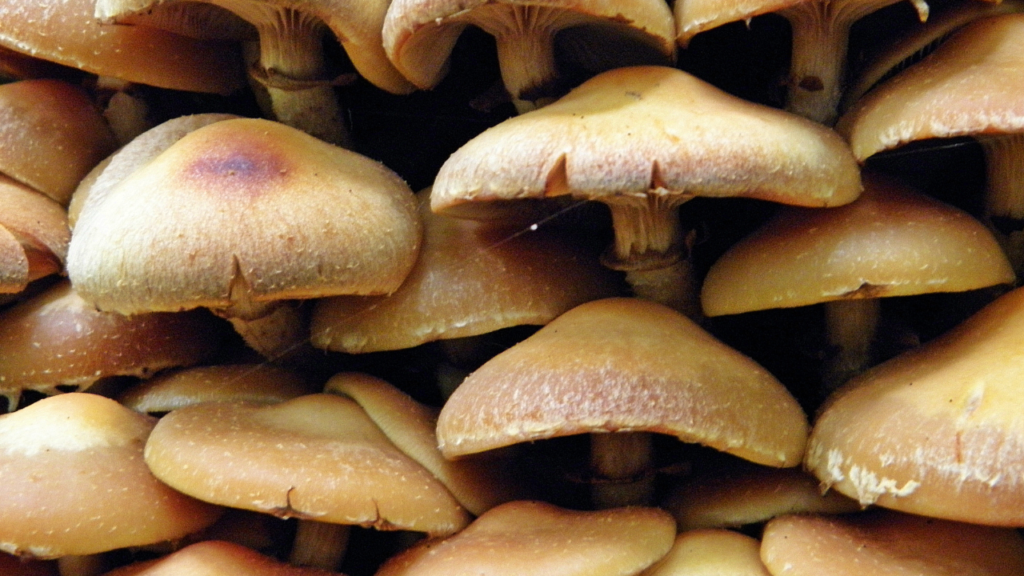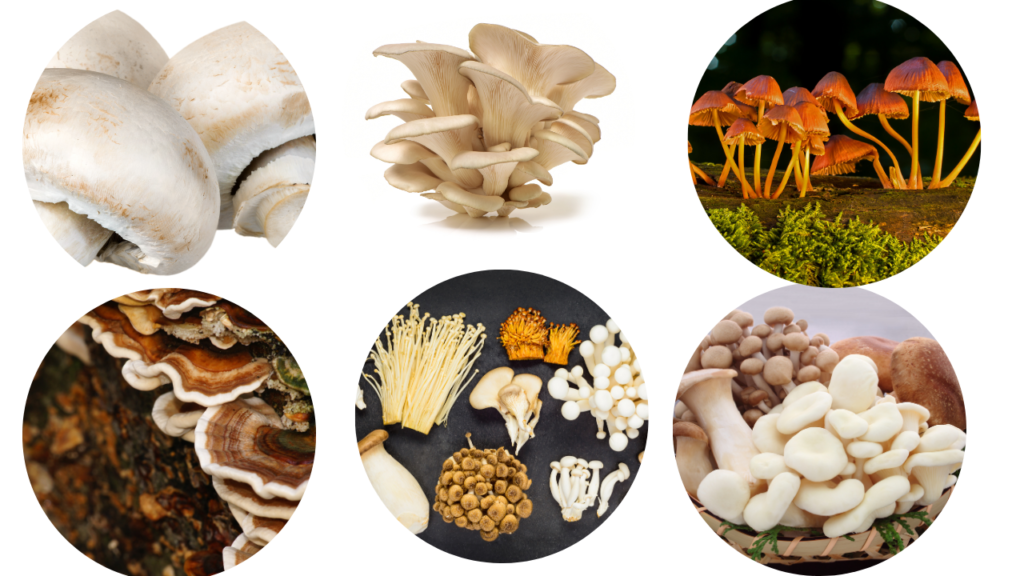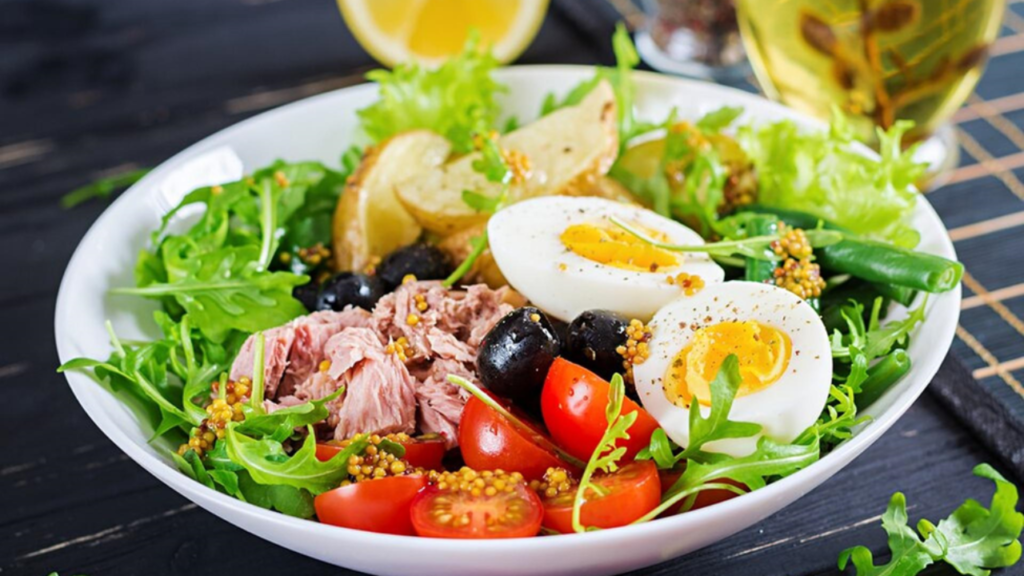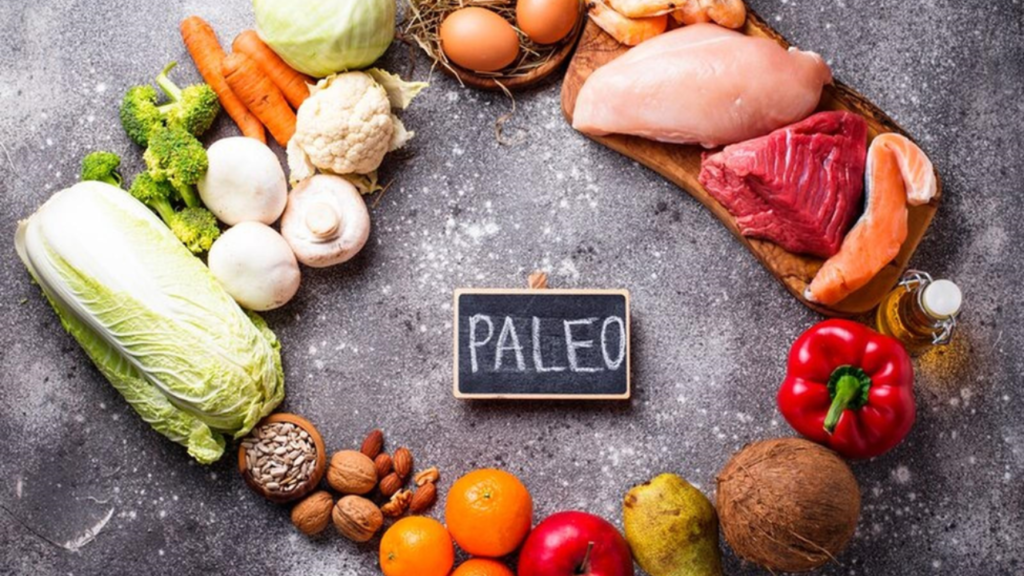How to Grow Garlic
[videopress HMWwiNEy]
Garlic is one of the most simple crops to grow. You can plant garlic in the fall in most parts of the country. Just keep in mind that the garlic bed won’t be ready for another crop until late next year or until it’s too late in the season to harvest garlic from previous years.
You can plant garlic bulbs in your backyard garden in the late summer when the weather begins to cool down. Garlic is the season’s last vegetable to be grown, specifically after the first frost in October and before the end of November.
Choosing the Right Garlic to Plant
Use cold-climate garlic varieties when planting garlic in your garden.
Choose the largest and best heads from the summer harvest when replanting garlic in your garden.
Growing varieties that are not climate-adapted can result in tiny heads.
There are two types of Garlic cloves Soft and Hard.
Hardneck:
- Hardneck varieties produce a flowering stalk known as a scape.
- Hardneck types are more visible and easier to peel, and they are popular with chefs due to their diverse flavor profiles.
- Heat exposure of 40 to 50°F for 6 to 12 weeks is recommended for the largest heads of hard-neck garlic.
- Hardneck garlic has fewer cloves per bulb than soft-neck garlic, but each clove is larger.
- With a sturdy stalk in the middle, hard-necks produce a beautiful blossom.
- Hardnecks thrive in areas with a proper winter, as they are more prone to splitting in warm climates.
Softneck:
- Softneck garlic is not as hardy as hard-neck garlic and is typically grown in milder climates.
- Cloves of soft-neck garlic preserve their firmness and flavor for up to a year when stored in the refrigerator.
- Because soft-neck garlic varieties are easier to grow in various climates, they are more commonly available in supermarkets.
- Softneck cultivars do not produce a scape.
- In southern climates, people prefer soft-neck garlic varieties.
- Softneck garlic is not as tough as hard-neck garlic.
- The cloves of soft-neck garlic bulbs range in size from tiny to huge.
- Softneck varieties include Artichoke and Silverskin, which produce more cloves and are easier to braid.
- Softneck garlic can be grown almost anywhere in North America that is USDA zone 2 or warmer. However, some do better in extremely cold climates.
- They are known as soft-necks because they die, leaving behind only the bulb and stems that are easy to braid.
Make Your Planting Area Ready
Garlic thrives in well-drained, moisture-retentive soil with a pH of 6.0 to 7.0. Garlic requires a lot of full sun, but it can tolerate partial shade as long as it isn’t for too long during the day or growing season. Before planting garlic, choose a location that receives full sun and has well-drained soil. However, garlic favors loose, sandy soil with a high organic matter concentration to other soil types. Cloves can rot or develop poorly in boggy or heavy wet soils.
Put well-rotted manure or compost into the ground to increase its organic matter. Next, incorporate organic matter into the ground, such as aged manure or compost. Garlic grows best in loamy soil with lots of organic matter and good drainage.
If your soil has a high phosphorus level, use low phosphorus (32-3-10) or no phosphorus fertilizer.
Break Garlic Bulbs

If you want to start growing garlic, all you need is some fresh garlic, referred to as “seeds” for our purposes. You can purchase garlic in a store or at a farmers’ market. The freshness and quality of the garlic bulbs utilized are of utmost importance. Organic garlic is preferable to chemically sprayed garlic if you can get your hands on it.
Choose garlic bulbs with large, fresh cloves. Separate garlic heads into individual cloves, retaining as much papery covering on each clove as possible. Keep in mind that each clove will sprout into a garlic plant, so keep that in mind when deciding how many heads to buy.
Take the cloves from a fresh garlic head and separate them. Take care not to damage the cloves at the base, where they connect to the garlic plate. The smaller cloves take up the same amount of space in the planting bed as the larger cloves, but they produce much smaller bulbs. Visit a nursery to find a specific variety or to get advice on local garlic conditions.
Garlic Planting
To grow garlic, you must plant cloves. Buy garlic cloves from a national or local garlic seed producer. Plant cloves in the fall, about a week after the first killing frost. Cover garlic beds with leaf or straw mulch to keep temperatures stable during the winter and early spring.
Planters and pots are two gardening tips for growing garlic in small spaces. Garlic cloves should be planted about 8 inches (20cm) apart for optimal growth. Plant cloves pointed side up, two to three inches below the soil surface.
Mulch the Ground
After planting, mulching your garlic bed helps keep weeds at bay, slows evaporation, and keeps the garden tidy. The grown garlic, on the other hand, requires a complete fertilizer at the time of planting. Toppings that work well include hay, dry leaves, straw, compost, well-rotted manure, and grass clippings.
How to Care for Garlic in the Garden
Watering:
When watering, soak the soil thoroughly to a depth of at least one inch each week during the growing season. Garlic does not require watering unless there is a drought, in which case water sparingly because garlic dislikes wet soil. The garlic requires a hot, dry summer to mature, which necessitates a lot of water. Mulching helps to reduce evaporation, which keeps your soil moist for longer.
Take care of the pest:
Aphids appear to prefer garlic leaves and flower buds. Mulch is a popular place for mice and other small creatures to build their homes. Use plastic mulch or landscaping fabric to keep your garden pest-free if you live in an area plagued by mice.
Feeding:
Applying a balanced granular organic fertilizer every two months is the best way to do this. Garlic, like many plants, thrives on nitrogen.
Controlling Weed :
Use weed-free straw as mulch in your garlic beds to reduce the amount of annual weed growth.
Weed your garlic beds to discourage weed growth. To reduce annual weed growth in garlic beds, use weed-free straw as mulch.
Harvesting Garlic
Scape harvesting:
As your garlic plants grow, long green stalks known as scapes will appear. These are the flower stalks produced by hard-neck garlic in the spring and early summer. Take a few scapes and eat them if you want. The young, tender shoots are the best part of the scape, so don’t throw them out! They’re edible, but they shouldn’t grow because it diverts energy away from head growth. Instead, cut them off just above the top leaf and use them to stir-fry, sauté in frittatas, or toss over pasta. However, if you leave a few on your plants, you’ll notice that they eventually sprout tiny cloves.
It is critical to harvest the garlic as soon as the scape begins to dry, or the head will “shatter.”
Garlic Bulb Harvesting:
Garlic harvesting is simple and takes about six weeks. Although the harvest window is broad if you plan to eat the garlic right away, it is narrow if you want to store it for a long time. You can harvest grow garlic in late July. There is no set harvest date, but when the individual cloves in the bulb can be touched and the leaves turn yellow or brown, the garlic bulb is ready for harvest.
If you harvest the heads too soon, the cloves will separate as they dry, and the head will not be tight and firm. It will help if you harvest garlic plants with shoots and bulbs attached.
Loosen the soil beneath the bulbs with a garden fork and gently lift them out of the ground.
Curing
The ideal temperature for curing is 80°F (26.7°C). Allow plants to hang for 4-6 weeks to allow bulbs to cure. Garlic that has been washed will take longer to dry and may rot.
Curing allows the flavor to develop while also preparing the bulbs for long-term storage. It would be best to store garlic bulbs in a cool, well-ventilated room with temperatures ranging from 60 to 65 degrees Fahrenheit.
In a well-ventilated area, hang each bulb upside down for 14 days in a shaded area not exposed to direct sunlight. When the wraps feel like tissue paper, the garlic bulbs are ready to be kept.
Storing
Garlic is cured and ready to store when the wrappers are dry and papery and the roots are dry. For several months, you should bulbs in a cool, dark, and dry place. Old net onion bags are ideal for storing garlic and are an excellent way to recycle. When it’s time to reserve your garlic bulbs, remove any leaves and trim back any remaining plant roots. If you’re keeping a large amount of garlic for the year, choose a dark, dry location with a temperature of around 40°F.
Remove any dirt and the filthiest wrapper. To prevent bacterial growth, store garlic cloves in oil or vinegar. The flavor of your bulbs will improve as they dry, making them ideal for use in soups, stews, pasta, and roasts.
It is best to keep them in a dry basement, but they can also be kept in a pantry or storage room. If you don’t have an excellent place to store garlic, peeled cloves can be frozen on a parchment-lined tray or hung in the freezer.





